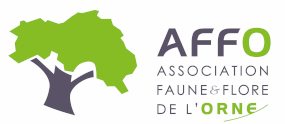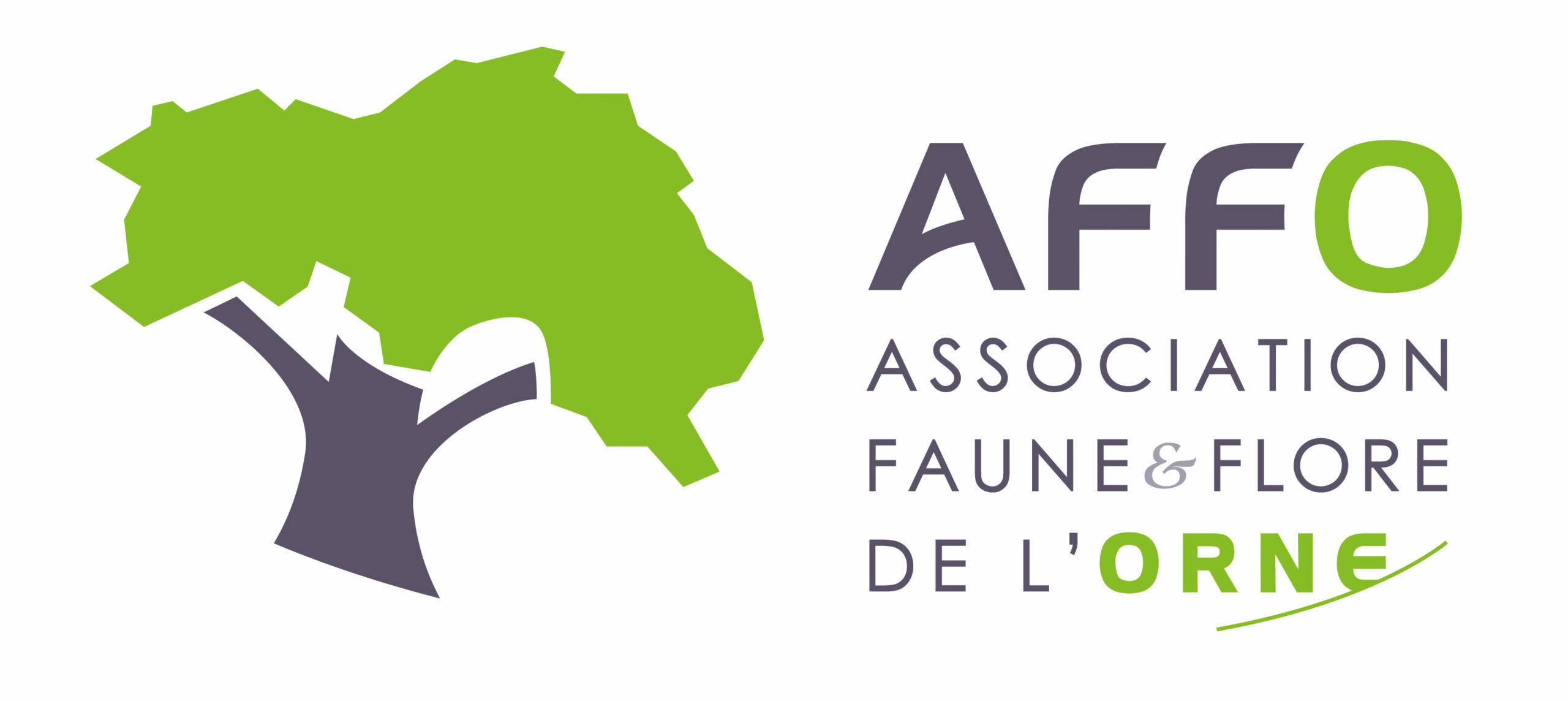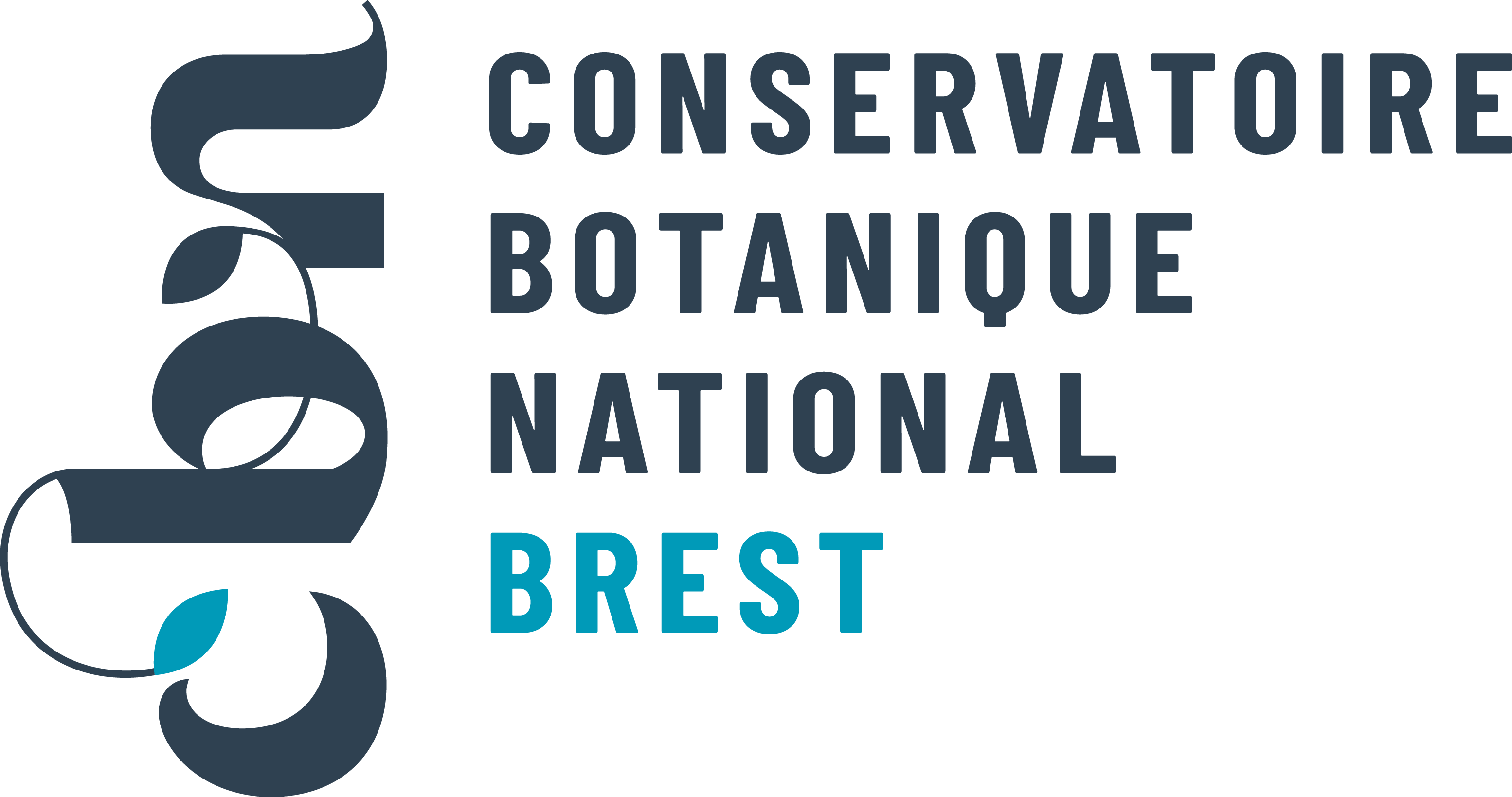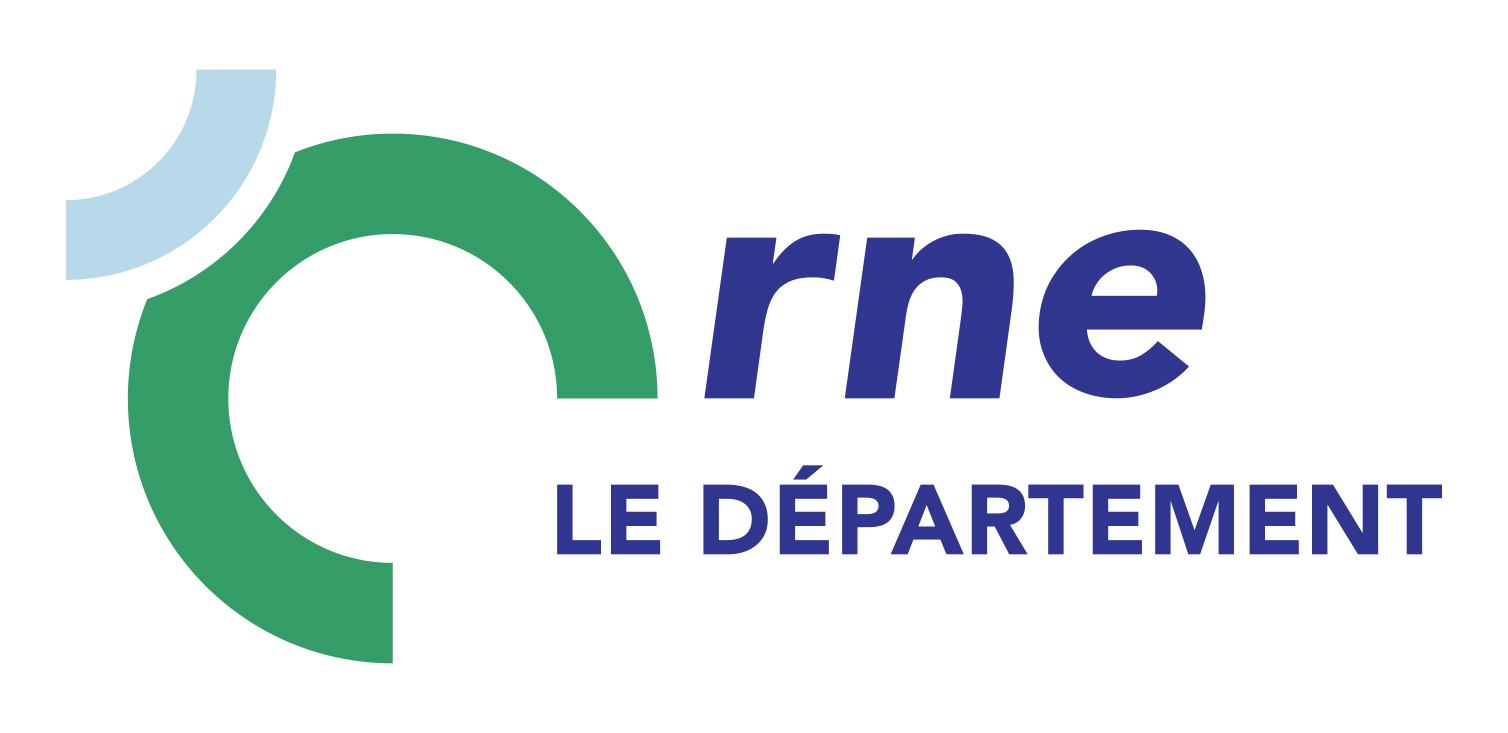Fausse jacinthe des bois
Hyacinthoides non-scripta (L.) Chouard ex Rothm., 1944
Où cette espèce a-t-elle été observée ?
 Attention : cette espèce peut être présente où il n’y a pas de maille, mais à ce jour elle n’y a pas encore été observée.
Attention : cette espèce peut être présente où il n’y a pas de maille, mais à ce jour elle n’y a pas encore été observée.
- 436 observations
-
98
communes -
71
observateurs
10
organismes -
Première observation
1900 -
Dernière observation
2025
Arcisses - Argenvilliers - Authon-du-Perche - Bazoches-sur-Hoëne - Beaulieu - Belforêt-en-Perche - Belhomert-Guéhouville - Bellavilliers - Bellou-le-Trichard - Béthonvilliers - Bonsmoulins - Bretoncelles - Ceton - Champeaux-sur-Sarthe - Champrond-en-Perchet - Chapelle-Guillaume - Chapelle-Royale - Charbonnières - Charencey - Chassant - Combres - Corbon - Coudray-au-Perche - Cour-Maugis sur Huisne - Digny - Feings - Fontaine-Simon - Frazé - Happonvilliers - Igé - Irai - Jaudrais - La Chapelle-Fortin - La Chapelle-Montligeon - La Croix-du-Perche - La Ferté-Vidame - La Framboisière - La Gaudaine - La Loupe - La Madeleine-Bouvet - La Mesnière - La Puisaye - La Ventrouze - Le Favril - Le Mage - Le Pas-Saint-l'Homer - Le Pin-la-Garenne - Les Aspres - Les Étilleux - Les Genettes - Les Ressuintes - L'Hôme-Chamondot - Loisail - Longny les Villages - Louvilliers-lès-Perche - Manou - Marolles-les-Buis - Mauves-sur-Huisne - Meaucé - Miermaigne - Montireau - Montlandon - Mortagne-au-Perche - Moulhard - Moutiers-au-Perche - Nogent-le-Rotrou - Nonvilliers-Grandhoux - Parfondeval - Perche en Nocé - Rémalard en Perche - Sablons sur Huisne - Saint-Aquilin-de-Corbion - Saint-Aubin-de-Courteraie - Saint-Cyr-la-Rosière - Sainte-Céronne-lès-Mortagne - Saint-Éliph - Saint-Germain-de-la-Coudre - Saint-Hilaire-le-Châtel - Saint-Hilaire-sur-Erre - Saintigny - Saint-Jean-Pierre-Fixte - Saint-Langis-lès-Mortagne - Saint-Mard-de-Réno - Saint-Martin-du-Vieux-Bellême - Saint-Maurice-Saint-Germain - Saint-Ouen-de-Sécherouvre - Saint-Pierre-la-Bruyère - Saint-Victor-de-Buthon - Senonches - Soligny-la-Trappe - Souancé-au-Perche - Thiron-Gardais - Tourouvre au Perche - Trizay-Coutretot-Saint-Serge - Val-au-Perche - Vaunoise - Vaupillon - Vichères
-
Association Faune & Flore de l'Orne (AFFO)
Participation à 145 Observations
Part d'aide à la prospection : 33.26 %
Fiche organisme
-
Conservatoire botanique national du Bassin parisien (CBNBP)
Participation à 107 Observations
Part d'aide à la prospection : 24.54 %
Fiche organisme
-
PNR du Perche
Participation à 105 Observations
Part d'aide à la prospection : 24.08 %
Fiche organisme
-
Conservatoire Botanique National de Brest (CBNB)
Participation à 100 Observations
Part d'aide à la prospection : 22.94 %
Fiche organisme
-
PNR et géoparc mondial UNESCO Normandie-Maine
Participation à 97 Observations
Part d'aide à la prospection : 22.25 %
Fiche organisme
-
UMS PatriNat (OFB-CNRS-MNHN)
Participation à 43 Observations
Part d'aide à la prospection : 9.86 %
Fiche organisme
-
Institut national de l'information géographique et forestière (IGN)
Participation à 20 Observations
Part d'aide à la prospection : 4.59 %
Fiche organisme
-
Institut floristique franco-belge (IFFB)
Participation à 11 Observations
Part d'aide à la prospection : 2.52 %
Fiche organisme
-
Ministère de la Transition écologique et de la Cohésion des territoires
Participation à 3 Observations
Part d'aide à la prospection : 0.69 %
Fiche organisme
-
Conseil départemental de l'Orne (bureau ENS)
Participation à 3 Observations
Part d'aide à la prospection : 0.69 %
Fiche organisme
Informations espèce
G1.A11 : Chênaies atlantiques mixtes à Hyacinthoides non-scripta
G1.A13 : Frênaies-chênaies subatlantiques à Primula elatior
G1.A21 : Fraxinus - Sorbus aucuparia - Mercurialis perennis forests
G1.A22 : British Fraxinus - Acer campestre - Mercurialis perennis forests
Répartition actuelle en France métropolitaine
© INPN - Avertissement : les données visualisables reflètent l'état d'avancement des connaissances et/ou la disponibilité des données existantes au niveau national : elles ne peuvent en aucun cas être considérées comme exhaustives.
Répartition actuelle dans le monde
Avertissement : les données visualisables reflètent l'état d'avancement des connaissances et/ou la disponibilité des données existantes au niveau mondial : elles ne peuvent en aucun cas être considérées comme exhaustives.













